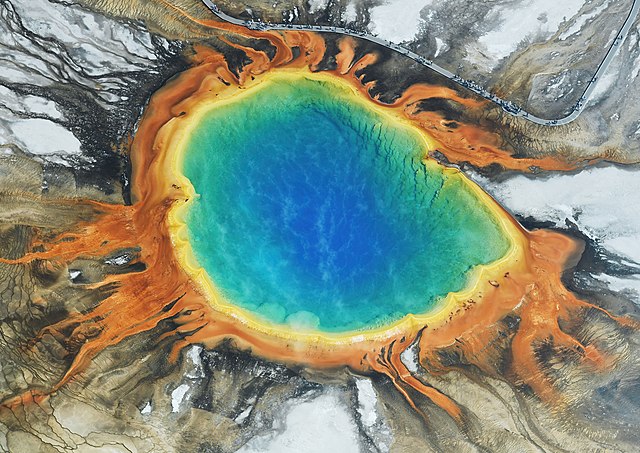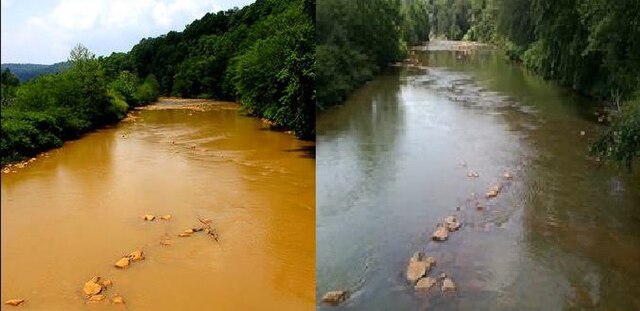An endolith or endolithic is an organism that is able to acquire the necessary resources for growth in the inner part of a rock, mineral, coral, animal shells, or in the pores between mineral grains of a rock. Many are extremophiles, living in places long considered inhospitable to life. The distribution, biomass, and diversity of endolith microorganisms are determined by the physical and chemical properties of the rock substrate, including the mineral composition, permeability, the presence of organic compounds, the structure and distribution of pores, water retention capacity, and the pH. Normally, the endoliths colonize the areas within lithic substrates to withstand intense solar radiation, temperature fluctuations, wind, and desiccation.
They are of particular interest to astrobiologists, who theorize that endolithic environments on Mars and other planets constitute potential refugia for extraterrestrial microbial communities.
Endolith lifeform found inside an Antarctic rock
An extremophile is an organism that is able to live in extreme environments, i.e., environments with conditions approaching or stretching the limits of what known life can adapt to, such as extreme temperature, pressure, radiation, salinity, or pH level.
The bright colors of Grand Prismatic Spring, Yellowstone National Park, are produced by thermophiles, a type of extremophile.
Diversity of extreme environments on Earth
Microscopic image from the hypersaline Lake Tyrrell (salinity> 20% w/v), in which the eukaryotic chlorophyte, Dunaliella salina, can be tentatively identified. Dunaliella salina is grown commercially for the carotenoid, β-carotene, which is widely used as a natural food colorant as well as a precursor to vitamin A. Alongside is the haloarchaeon, Haloquadratum walsbyi, which has flat square-shaped cells with gas vesicles that allow flotation to the surface, most likely to acquire oxygen.
This is a before and after picture of a cleanup project of the Little Conemaugh River. Photo Credit: Rosebud Mining Company.





